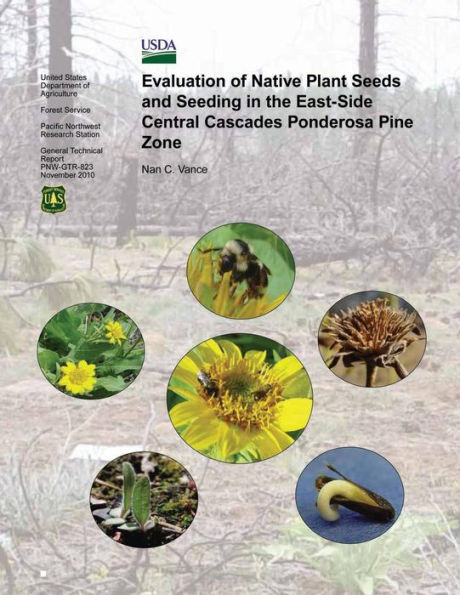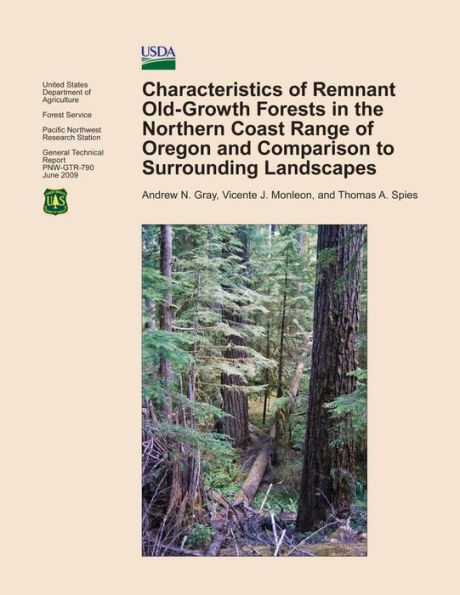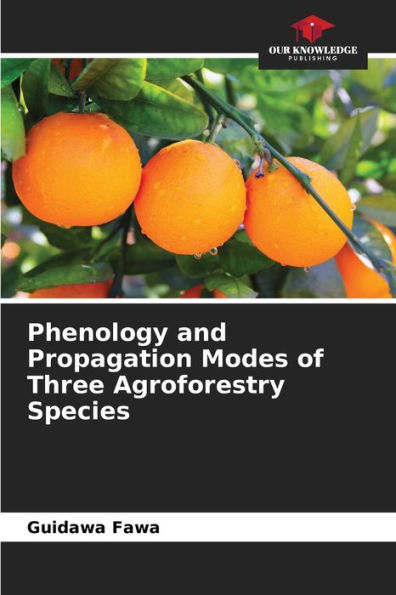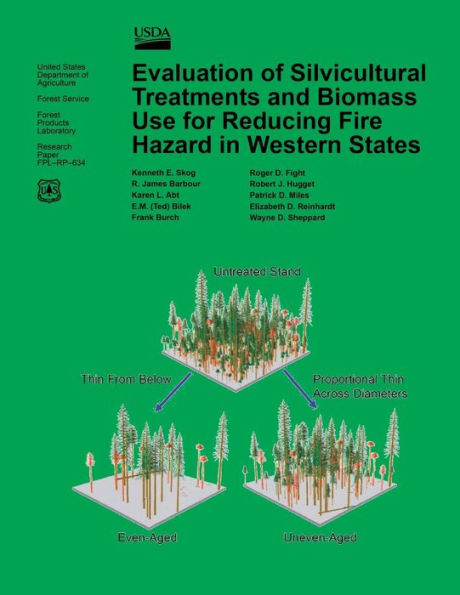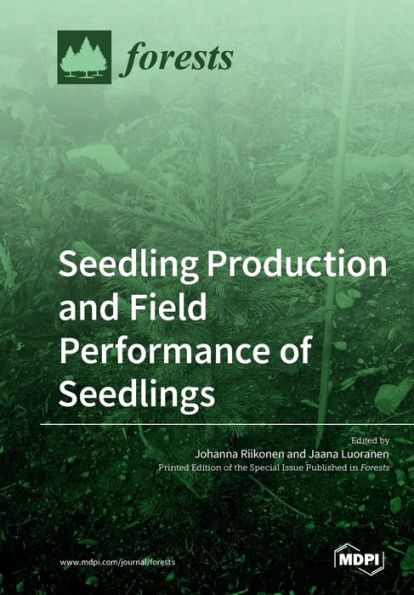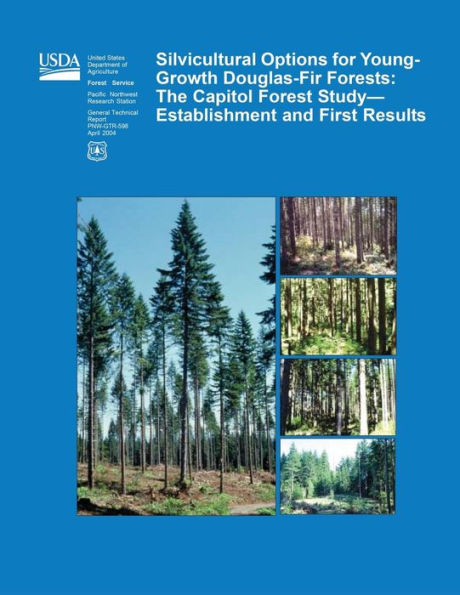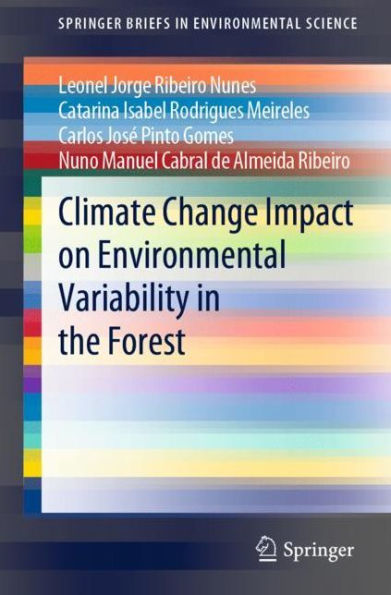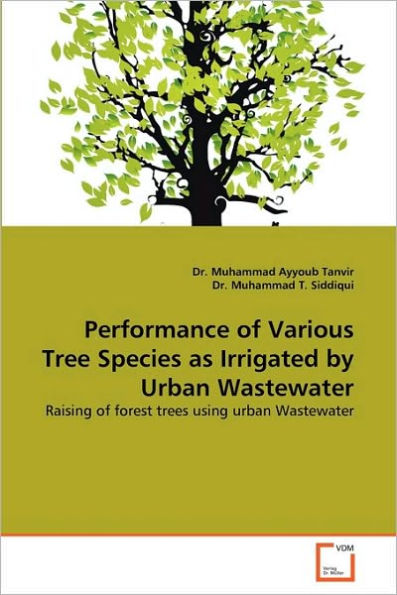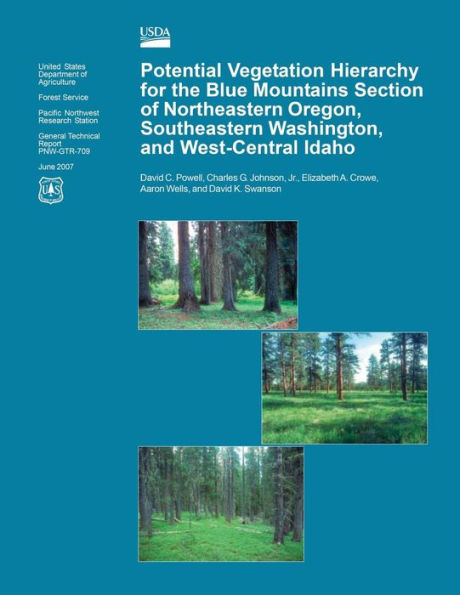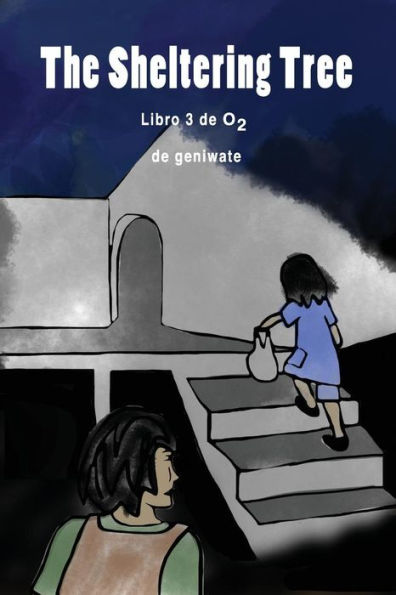Home
Influence of Four Tree Shelter Types on Microclimate and Seedling Performance of Oregon White Oak and Western Redcedar


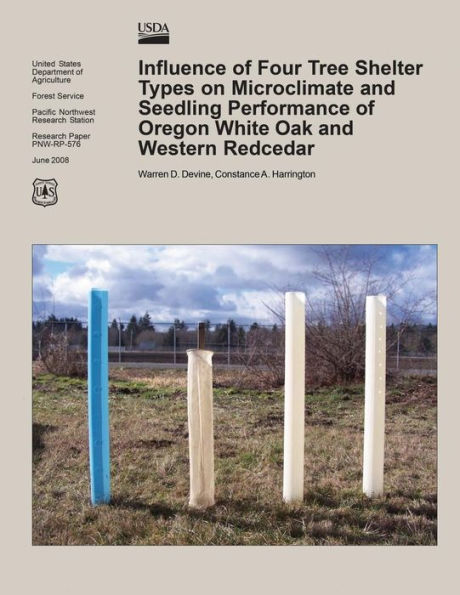
Influence of Four Tree Shelter Types on Microclimate and Seedling Performance of Oregon White Oak and Western Redcedar
Current price: $15.99
Loading Inventory...
Size: OS
Four types of tree shelters were evaluated in southwestern Washington for their effects on seedling microenvironment and performance of two tree species. Shelter types were fine-mesh fabric shelters, solid-walled white shelters with and without vent holes, and solid-walled blue unvented shelters. Summer mean and daily maximum air temperatures were increased by 0.8 °C and 3.6 °C, respectively, in solid-walled tree shelters. Shelter color and shelter venting did not influence air temperatures. Tree shelters only affected vapor pressure deficit late in the growing season. Midday photosynthetically active radiation within shelters ranged from 54 percent of full sun in fine-mesh fabric shelters to 15 percent of full sun in blue solid-walled shelters. In the first year after planting, height and diameter growth of western redcedar (Thuja plicata Donn ex D. Don) were significantly increased by all shelter types, with blue solid-walled shelters resulting in the greatest height growth. However, in blue solid-walled shelters, photosynthesis and stem diameter growth of Oregon white oak (Quercus garryana Dougl. ex Hook.) seedlings were significantly less than for unsheltered seedlings.
